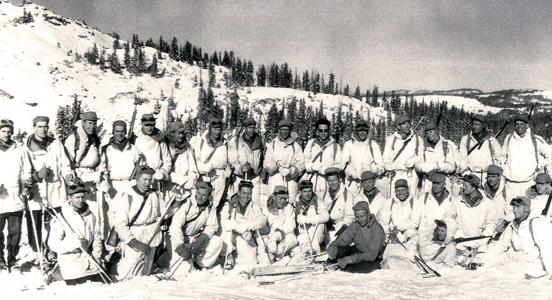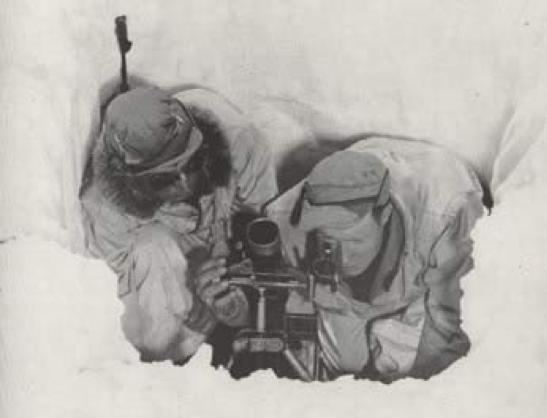World War II
By Keegan Doyle
The ski industry has progressed a lot after World War 2 thanks to the 10th Mountain Division. This team of highly skilled soldiers were trained at Camp Hale in Colorado to combat the Germans in Italy. Like their name suggests they specialized in mountain warfare, specifically in the snow. They were trained to ski, snow shoeing, building snow caves, rock climbing and other winter survival techniques under the harshest conditions the Rocky Mountains have to offer.
They were deployed in the Apennine Mountains where the United States army had been stuck for 6 months. Their first excursion was a huge success, taking over Riva Ridge with minimal casualties. To do so they had to complete a climb thought to be impossible by the Germans...In the dark. This feat is viewed by many as their greatest accomplishment and by capturing this position it protected the U.S. soldiers below. But these men weren’t done yet. Their next mission was to capture Mount Belvedere. This mountain stemmed to about 3,000 feet tall and was crucial if the Americans wanted to continue pushing further into the Alps. The fight for this mountain held many casualties for the 10th Mountain Division with thousands injured. In the end, they were victorious in catching this crucial mountain and toppled the German forces in Italy. After this capture the division was able to push all the way to the Alps and soon after, Italy was freed from the Germans. These 13,000 men’s sacrifices were instrumental in the battles they took part in and was a huge aid in eliminating the Germans from Italy.
In total they saw four months of combat and suffered one of the highest casualty rates in the war. During their 114 days of combat they suffered 1,000 casualties and nearly 5,000 injured. After the war, these men never lost a passion for skiing. Many of these men skied until their body couldn’t anymore, going up the slopes at 80-90 years old (with oxygen masks). They became ski instructors and olympic coaches. They founded nearly 70 designated ski areas including some resorts. These men not only had a monumental service during the war, but also made huge impacts to the post war ski era. Shaping skiing into what we know it as today.



